How To Sterilize Nasal Endoscope ?
To sterilize a nasal endoscope, it is typically recommended to follow the manufacturer's instructions for cleaning and sterilization. This may involve several steps, such as pre-cleaning, disinfection, and sterilization. Common methods of sterilization for medical instruments include autoclaving, ethylene oxide gas sterilization, and hydrogen peroxide plasma sterilization. It is important to ensure that the endoscope is thoroughly cleaned and free from any debris or organic material before sterilization. Additionally, proper handling and storage of the sterilized endoscope should be followed to maintain its sterility until its next use.
1、 Chemical Sterilization Methods for Nasal Endoscopes
Chemical sterilization methods are commonly used to sterilize nasal endoscopes. These methods involve the use of various chemicals to kill or inactivate microorganisms on the surface of the endoscope. The choice of chemical sterilization method depends on factors such as the type of endoscope, the level of disinfection required, and the manufacturer's recommendations.
One commonly used chemical sterilization method is high-level disinfection using a liquid chemical germicide. This method involves immersing the endoscope in a solution of the germicide for a specified period of time, usually around 20 minutes. The germicide kills or inactivates a wide range of microorganisms, including bacteria, viruses, and fungi. Examples of liquid chemical germicides commonly used for nasal endoscope sterilization include glutaraldehyde, hydrogen peroxide, and peracetic acid.
Another chemical sterilization method is the use of ethylene oxide gas. This method involves placing the endoscope in a sealed chamber and exposing it to ethylene oxide gas for a specified period of time, usually several hours. Ethylene oxide gas is highly effective in killing or inactivating microorganisms, but it requires special equipment and precautions due to its flammability and potential toxicity.
It is important to follow the manufacturer's instructions and guidelines when using chemical sterilization methods for nasal endoscopes. This includes ensuring proper dilution and contact time for liquid chemical germicides, as well as proper ventilation and safety measures when using ethylene oxide gas.
It is worth noting that the latest point of view on sterilization methods for nasal endoscopes includes the use of automated endoscope reprocessors (AERs). AERs are machines that automate the cleaning, disinfection, and sterilization processes for endoscopes. These machines use a combination of mechanical action, detergent solutions, and chemical disinfectants to clean and sterilize the endoscope. AERs have been shown to be effective in reducing the risk of endoscope-related infections when used according to manufacturer's instructions. However, it is important to regularly monitor and validate the effectiveness of AERs to ensure proper sterilization of nasal endoscopes.

2、 Heat Sterilization Techniques for Nasal Endoscopes
To sterilize a nasal endoscope, there are several heat sterilization techniques that can be used. These techniques are effective in killing or inactivating microorganisms that may be present on the endoscope. It is important to note that the specific sterilization method may vary depending on the manufacturer's instructions and the type of endoscope being used.
One commonly used heat sterilization technique is autoclaving. Autoclaving involves subjecting the endoscope to high-pressure steam at a temperature of around 121 degrees Celsius (250 degrees Fahrenheit) for a specific period of time. This process effectively kills bacteria, viruses, and fungi, ensuring the endoscope is sterile. However, it is crucial to follow the manufacturer's guidelines to prevent damage to the endoscope during autoclaving.
Another heat sterilization technique is dry heat sterilization. This method involves exposing the endoscope to high temperatures ranging from 160 to 180 degrees Celsius (320 to 356 degrees Fahrenheit) for a specified duration. Dry heat sterilization is effective in killing microorganisms but may take longer compared to autoclaving.
It is important to note that some nasal endoscopes may not be suitable for heat sterilization techniques. In such cases, alternative methods like chemical sterilization or high-level disinfection may be recommended. These methods involve using chemical agents or solutions to kill or inactivate microorganisms on the endoscope.
It is essential to stay updated with the latest guidelines and recommendations from regulatory bodies and professional organizations regarding the sterilization of nasal endoscopes. These guidelines may evolve over time as new research and evidence become available. Therefore, healthcare professionals should regularly review and update their sterilization protocols to ensure the safety and effectiveness of nasal endoscopes.
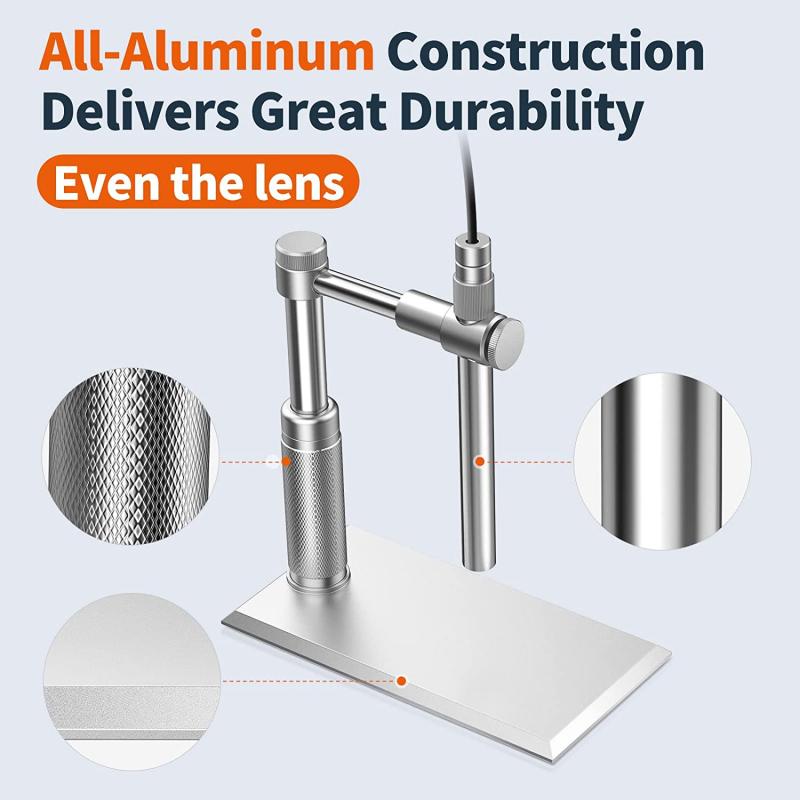
3、 Sterilization Guidelines for Nasal Endoscope Accessories
Sterilizing a nasal endoscope is a critical step in preventing the transmission of infections and ensuring patient safety. The following guidelines outline the recommended methods for sterilizing nasal endoscope accessories:
1. Pre-cleaning: Before sterilization, it is essential to thoroughly clean the endoscope and its accessories. This can be done by rinsing them with warm water and using a mild detergent or enzymatic cleaner to remove any debris or organic material. Manual brushing may be required for hard-to-reach areas.
2. High-level disinfection: Nasal endoscope accessories should undergo high-level disinfection after pre-cleaning. This can be achieved by immersing the instruments in a high-level disinfectant solution, such as glutaraldehyde or peracetic acid, for the recommended contact time. It is important to follow the manufacturer's instructions for the specific disinfectant being used.
3. Sterilization: While high-level disinfection is effective in killing most microorganisms, sterilization is necessary for complete elimination of all forms of microbial life. Sterilization can be achieved through various methods, including steam sterilization (autoclaving), ethylene oxide gas sterilization, or hydrogen peroxide plasma sterilization. The choice of sterilization method depends on the compatibility of the endoscope and its accessories with the specific sterilization process.
4. Packaging: Once sterilized, the nasal endoscope and its accessories should be carefully packaged to maintain sterility until they are ready for use. Sterile, sealed pouches or containers should be used for storage, and the packaging should be labeled with the date of sterilization and expiration.
It is important to note that the latest point of view emphasizes the use of single-use, disposable nasal endoscope accessories whenever possible. This reduces the risk of cross-contamination and eliminates the need for sterilization. However, if reusable accessories are used, proper sterilization techniques must be followed to ensure patient safety.
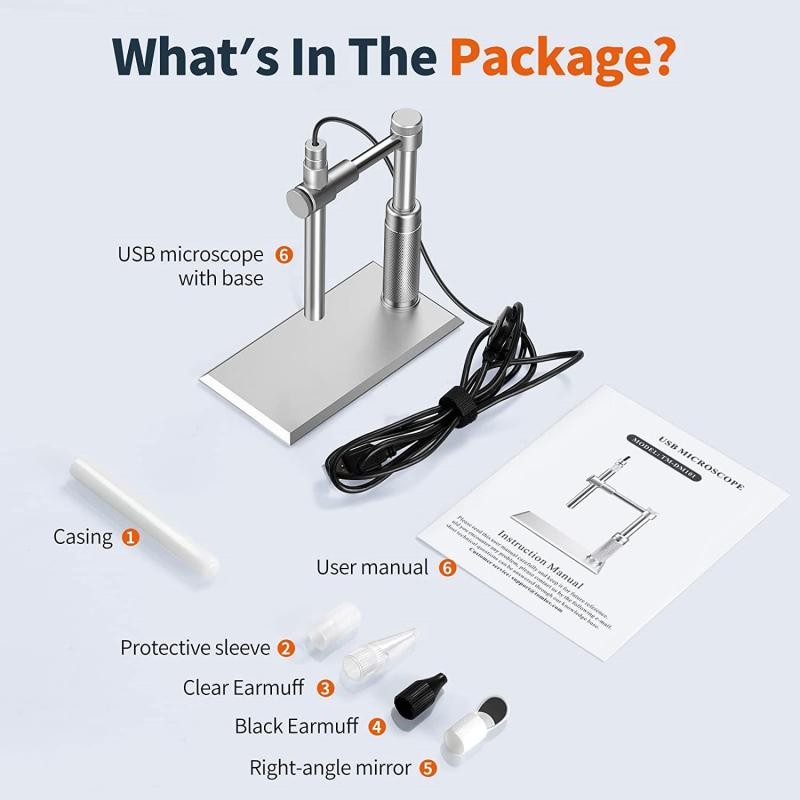
4、 Best Practices for Disinfecting Nasal Endoscope Components
Best Practices for Disinfecting Nasal Endoscope Components
Sterilizing nasal endoscope components is crucial to prevent the transmission of infections and maintain patient safety. Here are some best practices for effectively disinfecting nasal endoscope components:
1. Pre-cleaning: Before sterilization, it is important to pre-clean the endoscope components to remove any visible debris or organic material. This can be done by rinsing the components with water or using a mild detergent solution.
2. High-level disinfection: Nasal endoscope components should undergo high-level disinfection, which is the most effective method for eliminating microorganisms. This can be achieved through the use of chemical disinfectants specifically designed for endoscope reprocessing. These disinfectants should be compatible with the materials used in the endoscope components and should be used according to the manufacturer's instructions.
3. Manual cleaning: Manual cleaning of the endoscope components is also essential to remove any residual organic material that may not be eliminated through disinfection alone. This can be done by using a soft brush or sponge to clean the components thoroughly.
4. Drying: After disinfection and cleaning, it is important to ensure that the endoscope components are completely dry before storage or reuse. Moisture can promote the growth of microorganisms, so proper drying is crucial.
5. Storage: Proper storage of sterilized endoscope components is essential to maintain their sterility. Components should be stored in a clean and dry environment, away from potential contaminants.
It is important to note that the best practices for disinfecting nasal endoscope components may evolve over time as new research and guidelines emerge. Therefore, it is recommended to stay updated with the latest recommendations from reputable sources such as professional organizations and regulatory bodies.
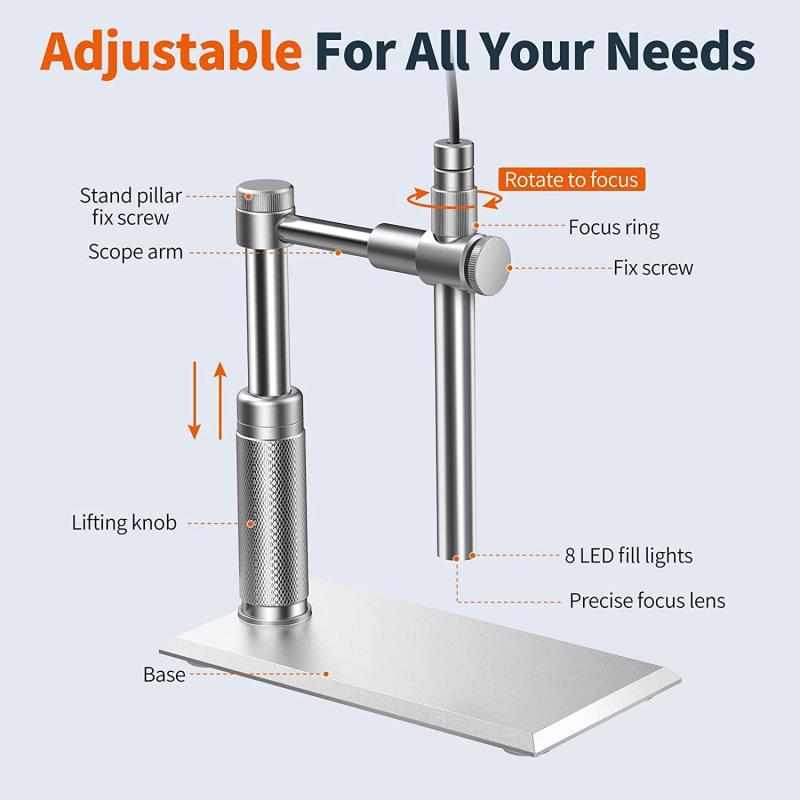

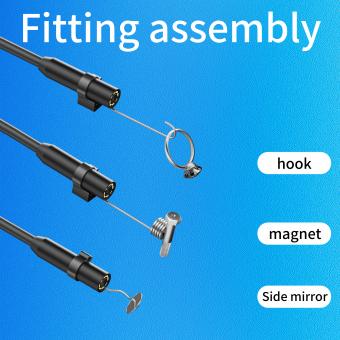







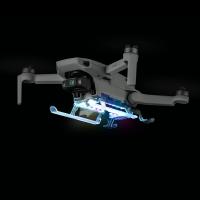

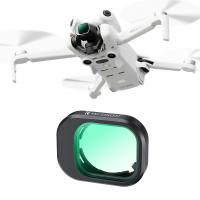

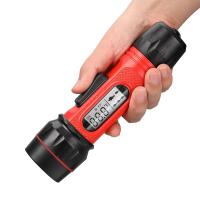
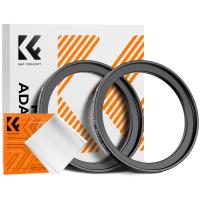

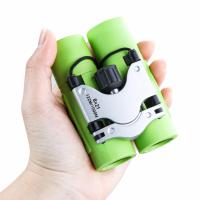
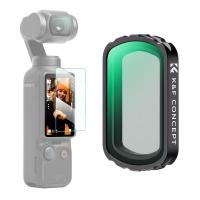
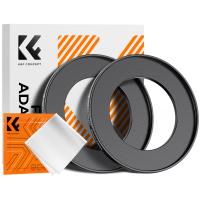

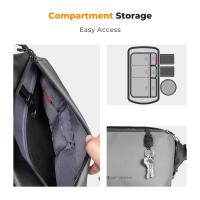
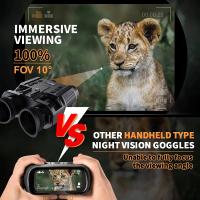
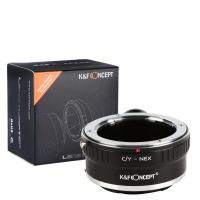


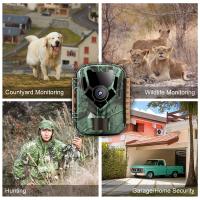
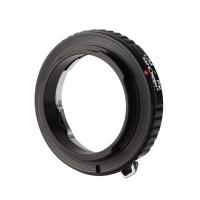

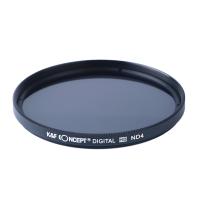
There are no comments for this blog.